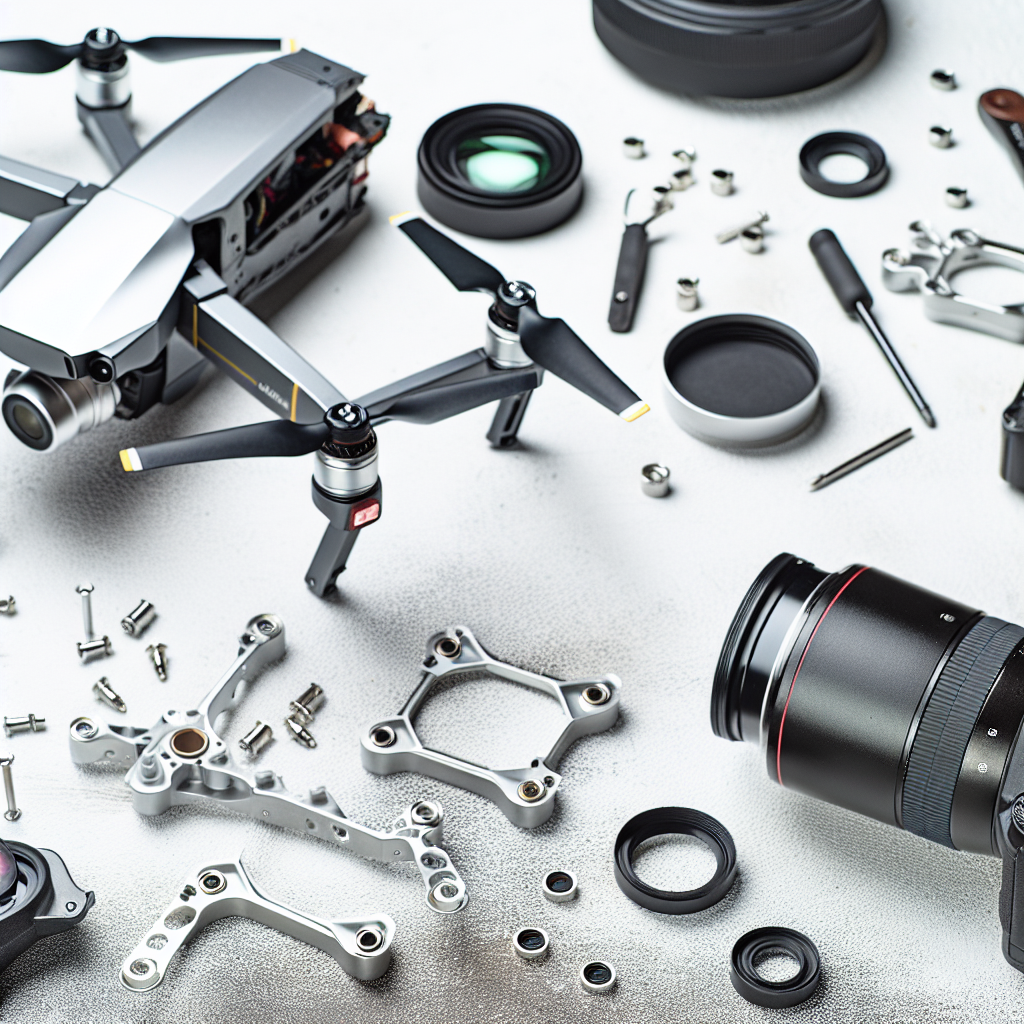Building your own drone can be a rewarding project that combines creativity, engineering, and technology. Whether you’re a beginner or have some experience, understanding **simple tips for drone making** can help you craft a functional and efficient flying device. In this article, we will explore key steps to make the process straightforward and successful.
Selecting the Right Components for Your Drone
Starting with the right components is crucial for building a reliable drone. Focus on choosing high-quality parts that match your intended drone type—whether it’s a quadcopter, hexacopter, or another design. Essential components include:
- Frame: Opt for lightweight materials like carbon fiber or plastic to maximize flight time and stability.
- Motors: Select brushless motors that provide sufficient thrust and efficiency based on your drone’s size and payload.
- Electronic Speed Controllers (ESC): Ensure they are compatible with your motors and support your expected power draw.
- Propellers: Use appropriately sized and pitched propellers to optimize lift and control.
- Flight Controller: Invest in a reliable flight controller with features such as GPS, stabilization, and fail-safe modes.
To simplify assembly, opt for pre-wired kits or modular parts that are designed to work together. Additionally, consider your skill level; beginner-friendly kits can facilitate a smoother building experience.
Assembling and Testing Your Drone Effectively
Once you’ve gathered your components, assembling your drone requires careful attention to detail. Follow manufacturer instructions meticulously, ensuring all connections are secure and correctly oriented. Consider these key tips:
- Ground Tests: Before flight, perform static tests to verify motor rotations, control responses, and battery connections.
- Calibration: Calibrate your flight controller, gyroscope, and accelerometer for stable flight performance.
- Range Testing: Test the communication range of your remote control system in an open area to ensure reliable control signals.
- Initial Flights: Begin with short, low-altitude flights to evaluate stability, responsiveness, and battery life. Make adjustments as needed, such as tuning PID settings or balancing propellers.
Remember, patience and thorough testing are vital. Small adjustments during the initial phases can significantly improve your drone’s flight capabilities and longevity.
In conclusion, building a drone doesn’t have to be complex. By selecting quality components and following a methodical assembly process, you can create a functional and impressive flying machine. Practice, patience, and continuous learning are key to mastering drone construction, making your flights more enjoyable and successful.
